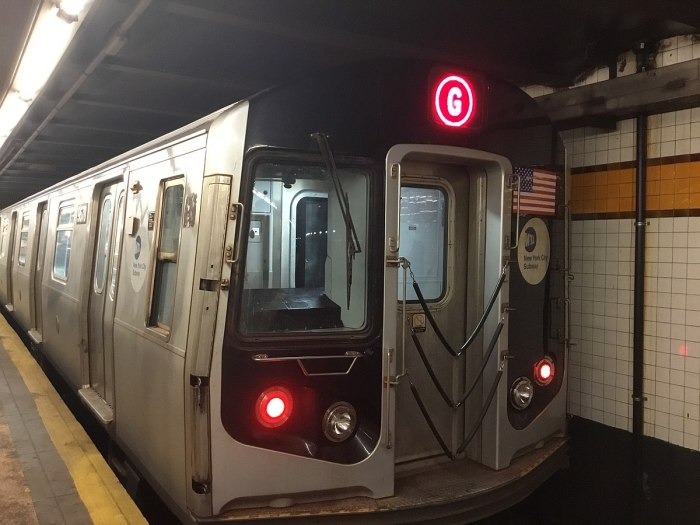A bad record
New York City achieved an embarrassing record in January: an average of 63,839 people slept in city shelters each night.
To put that number in perspective: If you filled up Yankee Stadium with all those people, you’d still have 16,000 more to squeeze onto the field.
Or if the full population bought Knicks tickets at the same time, they’d buy out Madison Square Garden for three games.
The 63,839 number is one of the topline items in a new report from advocacy group Coalition for the Homeless.
The number doesn’t include street homeless, which is hard to quantify, or even every single shelter in the city. It focuses on the many shelters that expand and contract with demand, says the group’s policy director, Giselle Routhier.
The coalition says this number is a record since the beginning of modern mass homelessness in the late 70s and early 80s, and since the beginning of official data collection in 1983.
The group is using the dismal news as a call to arms to city and state officials to actually make a dent going forward. Here are some of the report’s takeaways:
The Great Recession was a landmark event
The report says the “last appreciable reduction” in city homelessness took place just before the Great Recession. The shelter census has doubled since then, across two mayoral administrations.
Prison pipeline
A major problem leading to shelter population increases is the lack of affordable housing. But one lesser-known factor is state correctional facilities releasing hundreds of single adult parolees to city shelters.
The coalition says that not enough planning is done to find residences for people returning to New York.
A state Department of Corrections and Community Supervision spokesman says the agency “does all it can to help prepare individuals for release after incarceration and works closely with individuals and local authorities to help identify proper housing.”
But the department says that due to a reduction in half-way and three-quarter housing in NYC from 2011 to 2017, the number of people released to shelters has increased by more than 2,000 in the most recent reporting year.
Decrepit shelters
The report finds myriad problems with the physical conditions in city shelters that can either discourage people from entering shelters or make life miserable when they do.
It includes emails the coalition sent to DHS about poor conditions: “We saw evidence of mold, flies, and roaches and multiple toilets that were inoperable, due to clogging.”
Another email says that a shelter bathroom “has been closed for several days, leaving more than 100 men with only 4 working toilets (exacerbating the toilet clogging problems) and no working showers.”
Another tells the story of five individuals sent to a shelter by bus at 3:15 a.m. Bed assignments weren’t finalized until around 5 a.m.
A city Department of Social Services spokesman notes that some progress has been made in shelter conditions thanks to changes like more funding and shelter repairs.
What can be done?
The report calls for various concrete actions from Mayor Bill de Blasio and Gov. Andrew Cuomo, including the city building at least 24,000 units of affordable housing for homeless households, and the state creation of a long-term rent subsidy for households facing homelessness.
Both leaders have talked about the problem of homelessness and devoted some resources, beneath the level of what advocates think is necessary.
The DSS spokesman points to potentially hopeful year-over-year shelter census numbers, which were roughly flat between 2017 and 2018. De Blasio has used those numbers to argue the city is on the right track regarding homelessness.
But how much has changed or will change? The report includes a stunning chart plotting out possibilities for future shelter numbers depending on which actions are taken now. By 2022, the coalition thinks nightly numbers could increase to more than 65,000 with current trajectories. A 2017 de Blasio plan to turn the tide on homelessness would get the number down slightly from current levels. But the coalition calculates that even its own big asks would only do so much. They’d result in a 2022 shelter population just under 50,000.
































